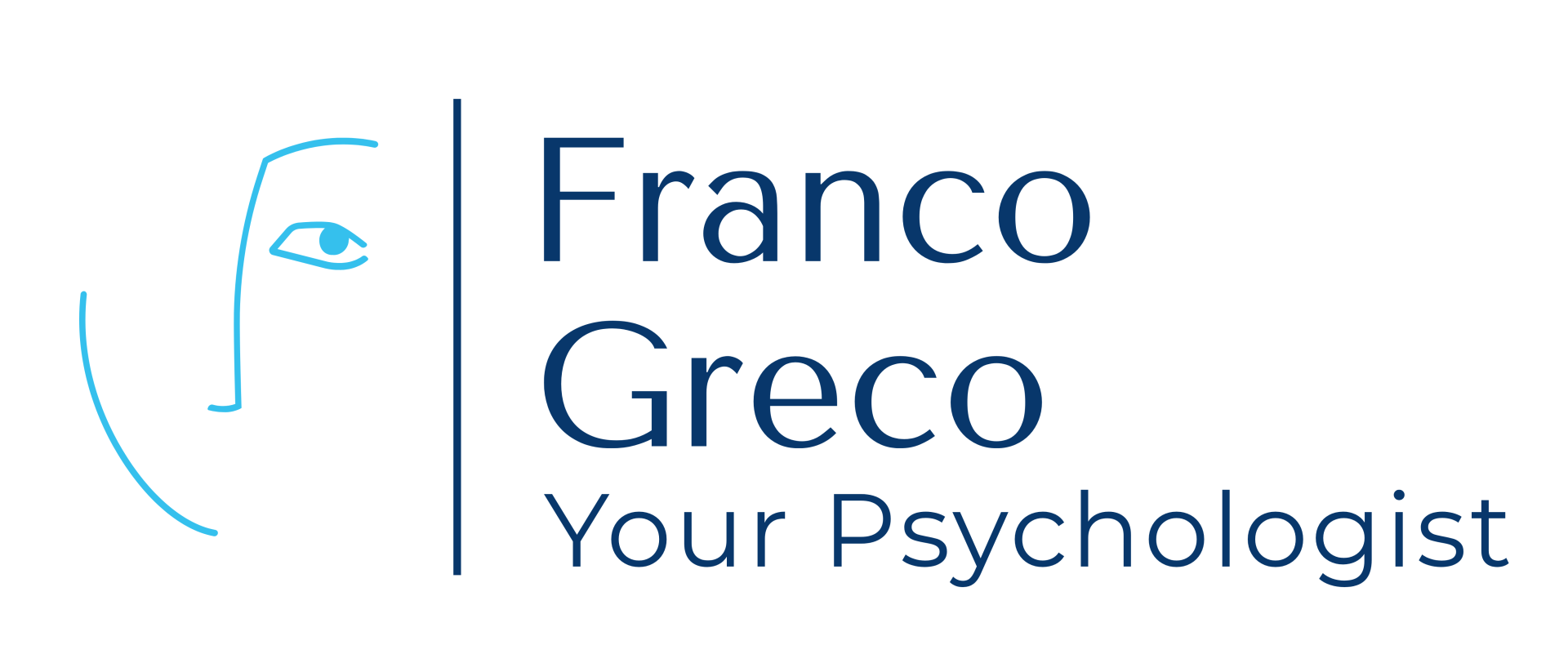How Are Needs and Basic Emotions Connected?
Franco Greco • October 27, 2020
This is the second article in the series in Understanding Core Emotional Needs.
Paul Ekman and Wallace Friesen (1975) developed taxonomy for characterizing every conceivable facial expression. From his research, Ekman identified six basic emotions: happiness, surprise, sadness, afraid, disgust, and anger.
The four negative basic emotions operate like red lights on a dashboard, indicating that something is wrong. Primarily, frustrations of the attachment needs leads to feelings of fear or sadness. Disgust or anger indicate frustrations of the need for assertiveness or control. Joy expressed through happiness and surprise indicates that the alarm system was successfully downregulated and that all needs have been adequately met.
Reactions To Needs Frustration
How can we deal with a with threatening situation to downregulate our alarm system? There are four general ways to escape the threat and calm down. In schema therapy, we call these reaction tendencies coping styles:
- Fight, if we see a chance to win and become 'top dog.' This is called the assertive way to gain autonomy, control, dominance, and respect.
- Flight, as an active escape ... this means overt avoidance and self-soothing activities.
- Freeze, or passively withdraw by emotionally detaching numbing, or dissociating.
- Follow, or if the opponent appears stronger, in order to remain part of the group. This is called an attachment way to achieve harmony, resonance, and a loving connection.
Needs Frustration and Coping Styles
The Figure below puts all these pieces together in a framework that includes needs, level of activation, reaction tendencies, and the balanced way to joy and relaxation. This is the theoretical bedrock that underpins the schema therapy interventions.
It recognises that:
- Anger drives us to fight.
- Disgust makes us turn away and care for ourselves (flight)
- When we are feeling sad, we tend to withdraw (freeze).
- Fear pulls us more to the submission side (surrender).
- The downside of these solutions is that they can become unbalanced when we overuse them and neglect the other pole of the needs spectrum, leading to needs frustration and the maintenance of schemas.
- Only when we are to find a flexible solution with mutually changing roles do we feel balanced and gain the possibility of experiencing positive effect (Healthy Adult/Child)
Office Hours
Wednesday: 9am - 6pm
CONTACT ME TODAY
Thursday: 9am - 6pm
Friday: 9am - 6pm
or
SCHEDULE AN APPOINTMENT

